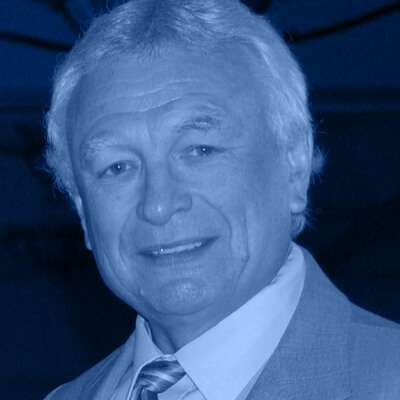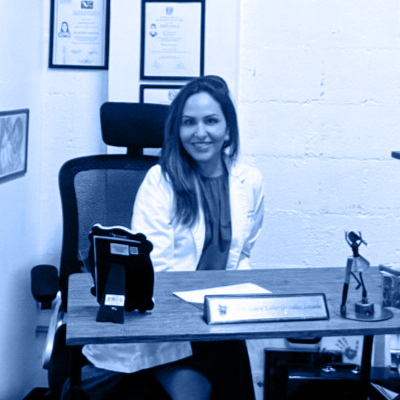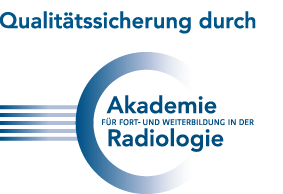Reaching a total of 70 registrants from all around the globe we are proud to announce that our second Summer School Breast Imaging with László Tabar was once again a huge success!
It was again an honor to host Doctor László Tabar as our keynote speaker.
The insights and firsthand tips provided by László Tabar were not only enlightening but also instrumental in enhancing our clinical skills. Check out the trailer to learn more about this unique learning experience.
For more details please visit our page below!
Have missed the live version of our Summer School Breast Imaging? Make sure to get the video edition now!
Yours,
Pascal Baltzer and Matthias Dietzel





